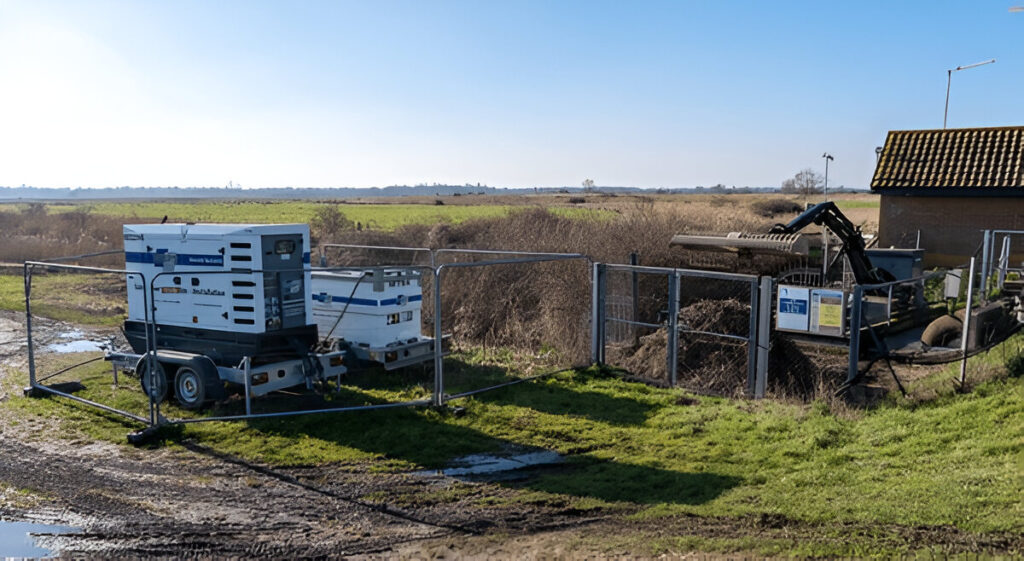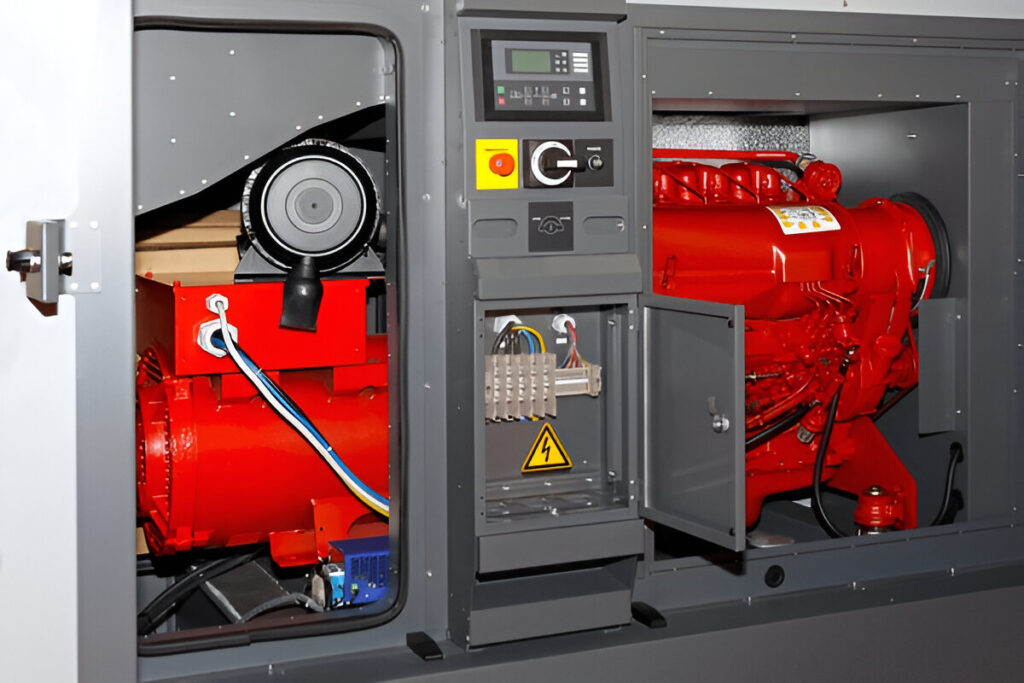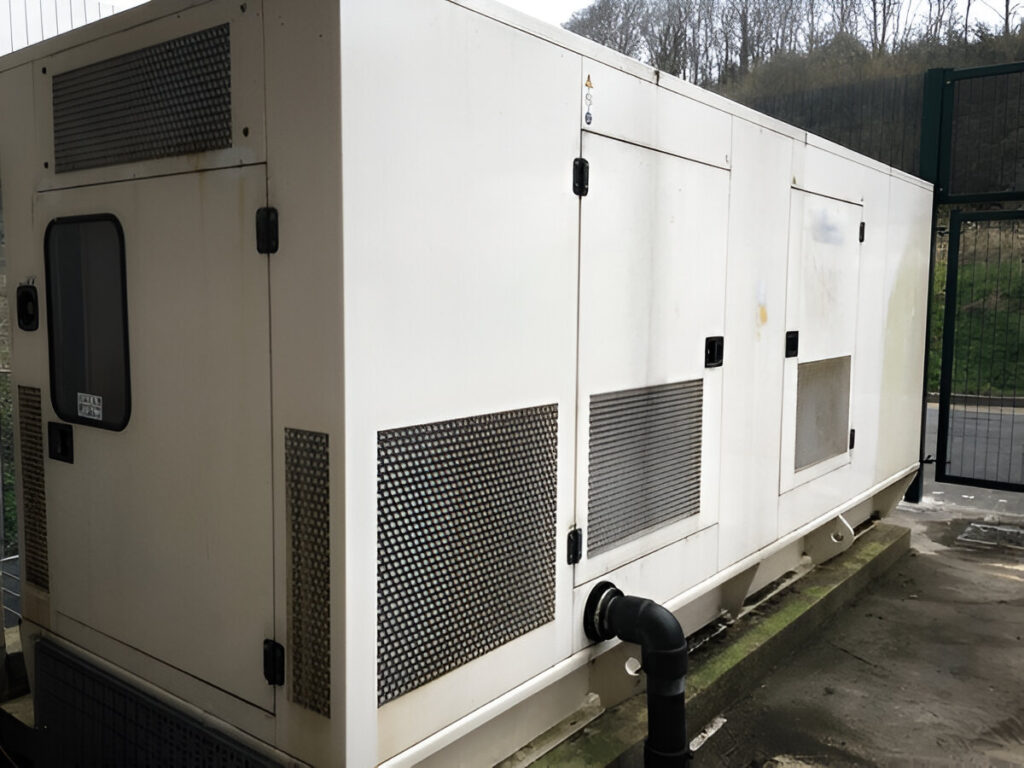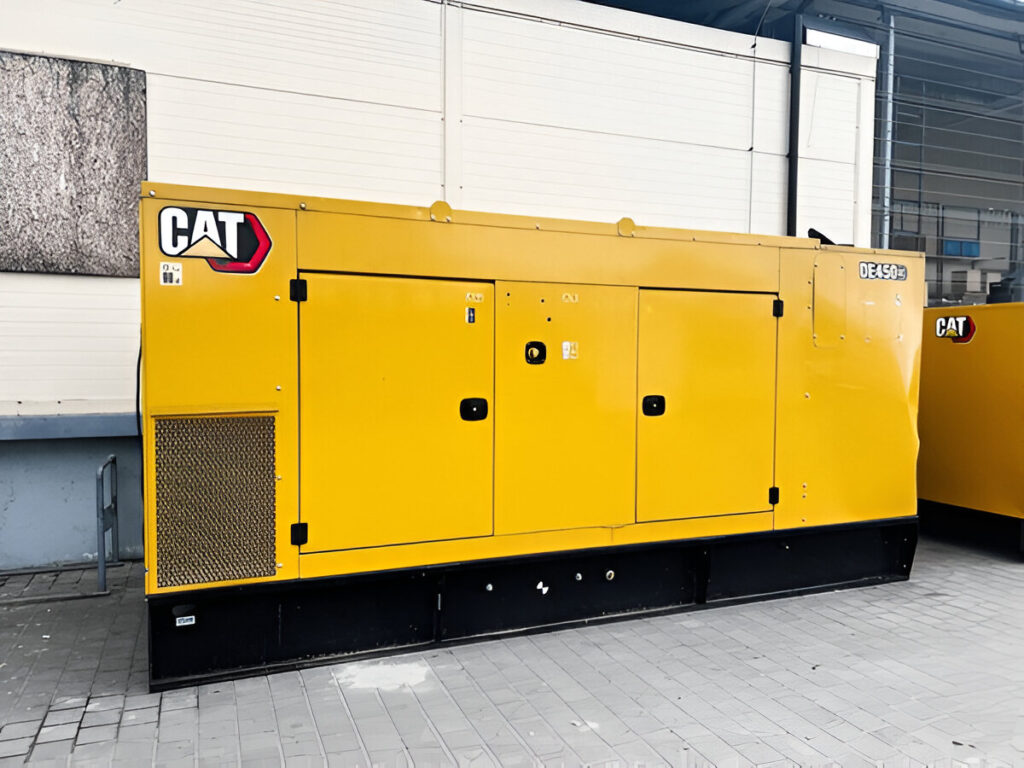When it comes to buying a generator, one of the biggest mistakes people make is choosing the wrong size. Whether you’re running a small business, managing a worksite, or need backup power for your home, getting your power requirements right is essential. Too small, and you risk damaging appliances or losing power. Too large, and you’ll overspend on fuel and maintenance. So how do you find the sweet spot?
Let’s break it down into simple, easy-to-follow steps so you can make a smart purchase confidently.
1. Understand What You’ll Power
Before you even look at models or brands, take inventory of the electrical items you need to keep running during an outage or project. For homes, this might include:
- Refrigerator
- Lights
- Fans or air conditioning
- Television
- Internet modem/router
- Water pump or heater
For businesses or worksites, you might need to include:
- Power tools
- Computers and servers
- Security systems
- HVAC units
- Medical equipment
Write everything down. You’ll use this list to calculate total power usage.
2. Learn the Difference Between Running and Starting Watts
Every appliance has two types of wattage:
- Running watts: the amount of power it uses during regular operation.
- Starting watts: the surge of power needed to turn it on.
Some equipment like refrigerators, pumps, and air conditioners need up to 3x their running watts just to start. Always include starting watts in your calculations.
Example:
- Refrigerator: 700 running watts / 2200 starting watts
- AC Unit: 1500 running watts / 4500 starting watts
3. Use a Generator Wattage Calculator
Now that you’ve listed all the appliances and their wattages, it’s time to add up the total power. You can either:
- Add up all running watts, then find the highest single starting wattage, or
- Use online wattage calculators that give you estimates for typical household or business equipment.
This total gives you the minimum power capacity your generator should handle.
4. Add a Safety Buffer
Always add 10%–20% extra wattage to your final calculation. This buffer helps with fluctuations and avoids running the generator at full load, which can shorten its lifespan.
So if your total required wattage is 7,000W, aim for a generator with at least 8,000–8,500W capacity.
5. Consider Generator Type & Fuel Source
Once your wattage is figured out, it’s time to choose the type of generator. Your choice will depend on usage and budget.
- Portable generators are great for short-term or small-scale use.
- Standby generators are installed permanently and turn on automatically during outages.
- Diesel-powered generators are more fuel-efficient and ideal for industrial or continuous use.
If you’re leaning toward fuel efficiency, you might consider a high-quality diesel motor generator that’s built for long-term performance.
6. Match Features with Your Needs
When buying a generator, features matter. Look for:
- Automatic Transfer Switch (ATS) – for automatic power backup
- Noise Level – lower dB for residential use
- Fuel Tank Size – longer runtime
- Portability – wheels or handles for transport
- Weather Protection – a sturdy generator enclosure is a must for outdoor installations
7. Think Long-Term: Maintenance and Availability
Don’t forget to factor in future needs and maintenance:
- Will you be expanding your power load later?
- Is the brand known for service and part availability?
- Do you want something scalable or simple?
Trusted brands like Caterpillar Generator Company offer long-lasting reliability, making them ideal for both industrial and residential use.
8. New vs. Used – Which One Is Right for You?
If budget is a concern, you may want to consider a used generator for sale. Many used generators are well-maintained, load-tested, and cost-effective. However, always ensure it’s been inspected, serviced, and comes with a warranty if possible.
9. Final Power Formula to Remember
Here’s a simplified version of your generator sizing formula:
Total Required Running Watts + Highest Starting Watts + 10–20% Buffer = Ideal Generator Size
So if:
- Total running watts = 5,000W
- Highest starting watts = 2,200W
- 15% buffer = 1,080W
- Total = 8,280W
Choose a generator with 9,000–10,000W capacity for peace of mind.
10. Where to Find the Right Generator
Once you know what size you need, it’s time to explore your options. Whether you’re after a reliable industrial setup or home backup, you can browse a wide selection of high-quality generators for sale that meet your exact power requirements.
From portable to standby models and everything in between, trusted suppliers offer everything — including generator diesel generator combos for heavy-duty applications.
Conclusion: Know Before You Buy
Calculating your power needs before buying a generator isn’t just smart — it’s essential. With the right knowledge, you can avoid power failures, save money, and choose a unit that performs when you need it most. Take time to list your essentials, use a wattage calculator, and add that safety buffer.
Whether you’re upgrading your worksite or preparing for the next blackout, the right generator ensures you’ll never be left in the dark.





